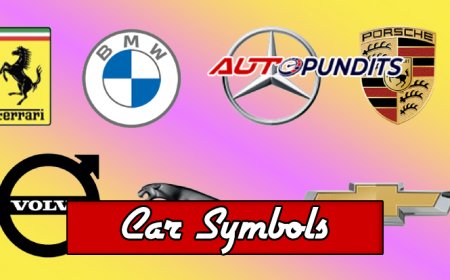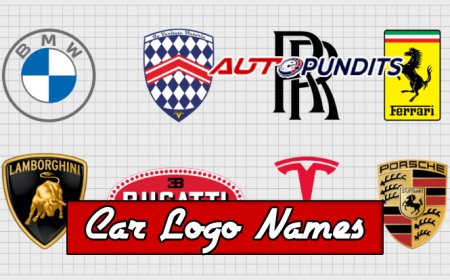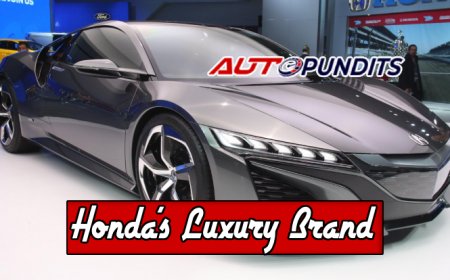Top 10 Iconic Car Symbols and Names
Discover the top 10 iconic car symbols and names. Learn the stories behind the world’s most recognizable automotive brands.
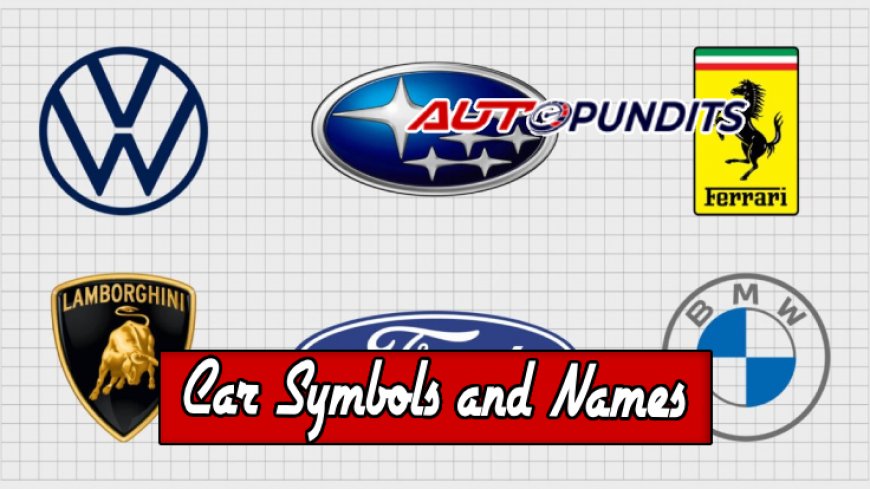
Car symbols and names carry a story, transcending beyond mere branding to become icons of culture, history, and innovation. These emblems not only signify quality and legacy but also weave tales of ambition, ingenuity, and visions of the future. In the world of automobiles, a symbol or name is not just an identity—it's a badge of honor, denoting decades or even centuries of tradition, technological advancement, and the pursuit of excellence. Among the plethora of brands, there exist a few whose symbols have become universally recognized, standing out as timeless representatives of the automobile industry. Let's dive into exploring these iconic car symbols and names, uncovering the rich narratives that have propelled them to global recognition.
Understanding Iconic Car Symbols and Names
While car symbols and names might seem straightforward, their origins often tell a more complex story. Each emblem encapsulates the ethos of its brand, carrying forward a legacy through generations. The design elements, color schemes, and even the typography are meticulously chosen to communicate the values and aspirations of the automobile makers. These symbols serve not only as brand identifiers but also as a nod to the history, craftsmanship, and pioneering spirit of the companies behind them.
List of Top Choices
- BMW (Bayerische Motoren Werke)
- Mercedes-Benz
- Audi
- Volkswagen (VW)
- Ford
- Toyota
- Honda
- Chevrolet
- Porsche
- Ferrari
BMW (Bayerische Motoren Werke)

- Symbol: A circular emblem with alternating blue and white quadrants.
- Represents: Bavarian flag colors, precision, and engineering excellence.
- Founded: 1916, with a strong heritage in aircraft engine manufacturing.
The BMW logo is instantly recognizable and steeped in history. Its design cleverly incorporates the Bavarian Free State's flag colors, which is a nod to the company's origins. Despite popular belief, the emblem isn't a direct reference to a spinning aircraft propeller; it symbolizes the brand's roots and its dedication to precision and innovation. BMW stands out for its commitment to excellence in engineering, which is mirrored in the thoughtful design of its emblem.
Mercedes-Benz

- Symbol: A three-pointed star within a circle.
- Represents: DMG's ambition for universal motorization - land, sea, and air.
- Founded: The emblem has been in use since the early 20th century, signifying luxury and innovation.
The three-pointed star of Mercedes-Benz is more than just an emblem—it's a declaration of the brand's pioneering spirit. Encased in a circle, the star symbolizes the company's mastery over all forms of transport. Mercedes-Benz has long been synonymous with luxury and a forward-thinking approach to automotive engineering, qualities that are perfectly captured by its iconic symbol. This emblem has guided the brand in its quest to set industry standards and push boundaries.
Audi

- Symbol: Four interconnected rings.
- Represents: The merger of four independent automobile manufacturers.
- Roots: Each ring signifies one of the founding companies, demonstrating unity and strength.
Audi's four rings symbolize a pivotal moment in automotive history—the merger of four manufacturers to form Auto Union AG. This emblem represents the unity and combined strength of Audi, DKW, Horch, and Wanderer. It's a testament to collaboration and the pooling of expertise to drive innovation. Audi's logo symbolizes not only the brand's heritage but also its commitment to advancement and the creation of high-quality vehicles.
Volkswagen (VW)
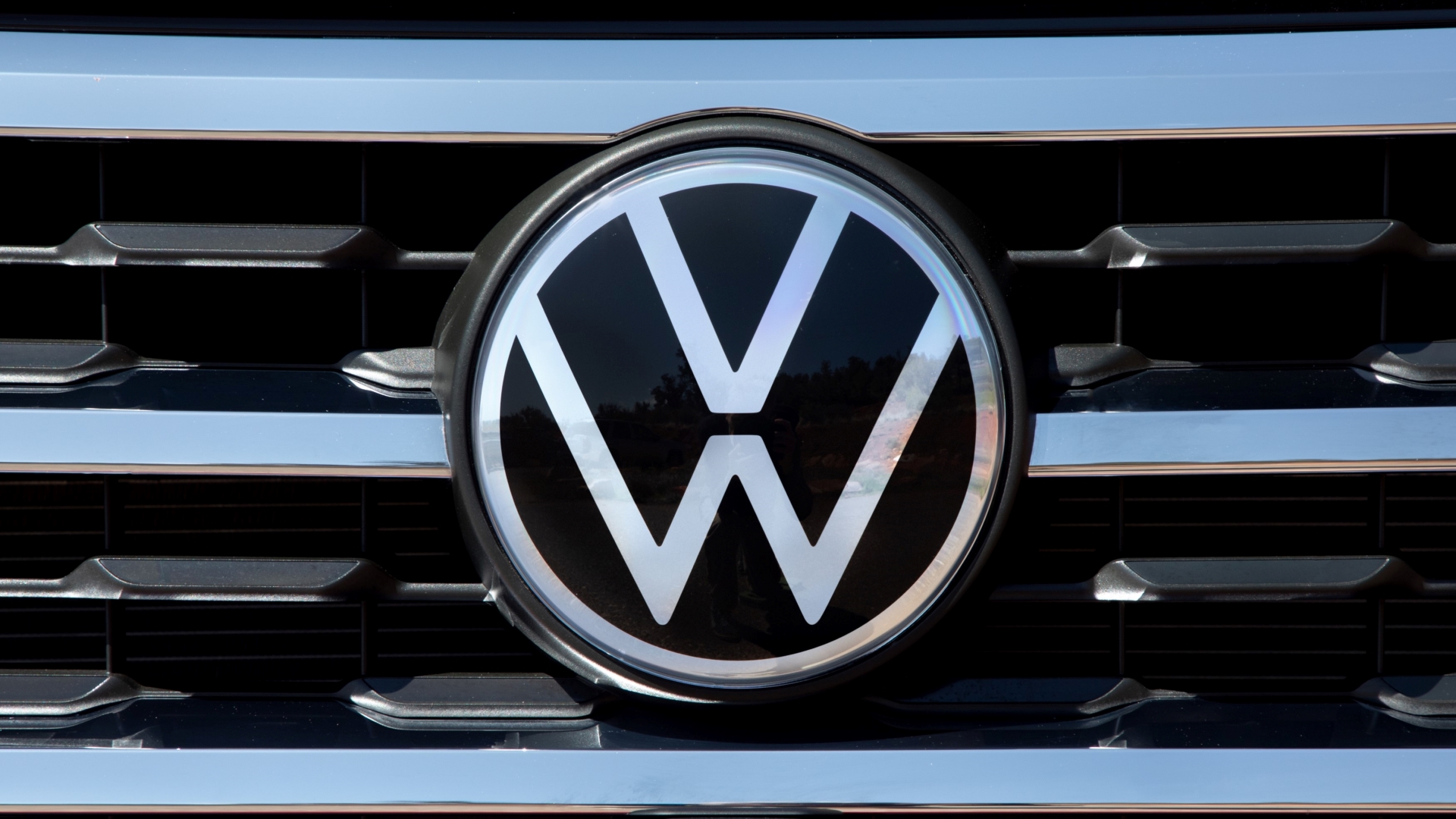
- Symbol: A "V" over a "W" within a circle.
- Represents: "The people's car," symbolizing reliability and class.
- Philosophy: Designed to bring quality vehicles to the masses.
Volkswagen's emblem, with its simple yet profound design, effectively communicates the brand's vision. The "V" for "Volks" (people) and "W" for "Wagen" (car) combined reflect Volkswagen's founding mission to manufacture accessible vehicles without compromising on quality. The emblem and what it stands for have seen Volkswagen become a beloved brand worldwide, built on principles of reliability, trust, and class.
Ford

- Symbol: A stylized signature of Henry Ford within an oval.
- Represents: The personal touch and legacy of its founder.
- Identity: Evokes strength, excellence, and grace matched with innovation.
The Ford logo is one of the most recognizable symbols globally, featuring the founder's signature with an elegance that has stood the test of time. It speaks to the brand's heritage, emphasizing the personal legacy of Henry Ford and his vision for the automobile industry. The blue oval backdrop is more than just a design choice; it embodies the brand's core values of strength, excellence, and grace. Ford's emblem is an enduring symbol of its commitment to innovation and quality.
Toyota
- Symbol: Three overlapping ovals.
- Represents: The merger of customer and company hearts, encompassing the global reach.
- Design: Subtly forms the letter "T" and a steering wheel, symbolizing direction and mobility.
Toyota’s emblem is a masterpiece of symbolic design, where the interlocking ovals signify the trusting relationship between the company and its customers. Introduced in 1989, this emblem not only represents Toyota's commitment to quality and innovation but also its ambition to bring people and vehicles together in harmony. The outer oval symbolizes the world embracing Toyota, showcasing the brand’s global outlook. This logo reflects Toyota's philosophy of continuous improvement and respect for people, known as "Kaizen" and "Genchi Genbutsu," respectively.
Honda
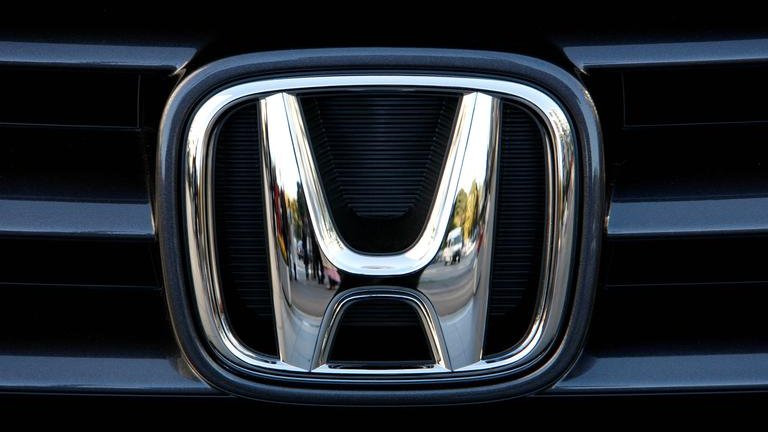
- Symbol: A bold, stylized capital "H."
- Represents: The founder's name and the slogan "The Power of Dreams."
- Philosophy: Encourages aspirations and pushing the limits of innovation.
Honda's logo, characterized by its simple yet bold "H," speaks directly to its identity and founder, Soichiro Honda. Designed to stand slightly wider at the top than the bottom, the emblem suggests stability and reliability, qualities that Honda prides itself on. The design encapsulates Honda's pursuit of innovation and its challenge to conventional norms, all while staying true to the founding spirit of realizing one's dreams. Honda's logo is not just a brand marker; it's a symbol of the company's dedication to bringing ambitious ideas to life.
Chevrolet
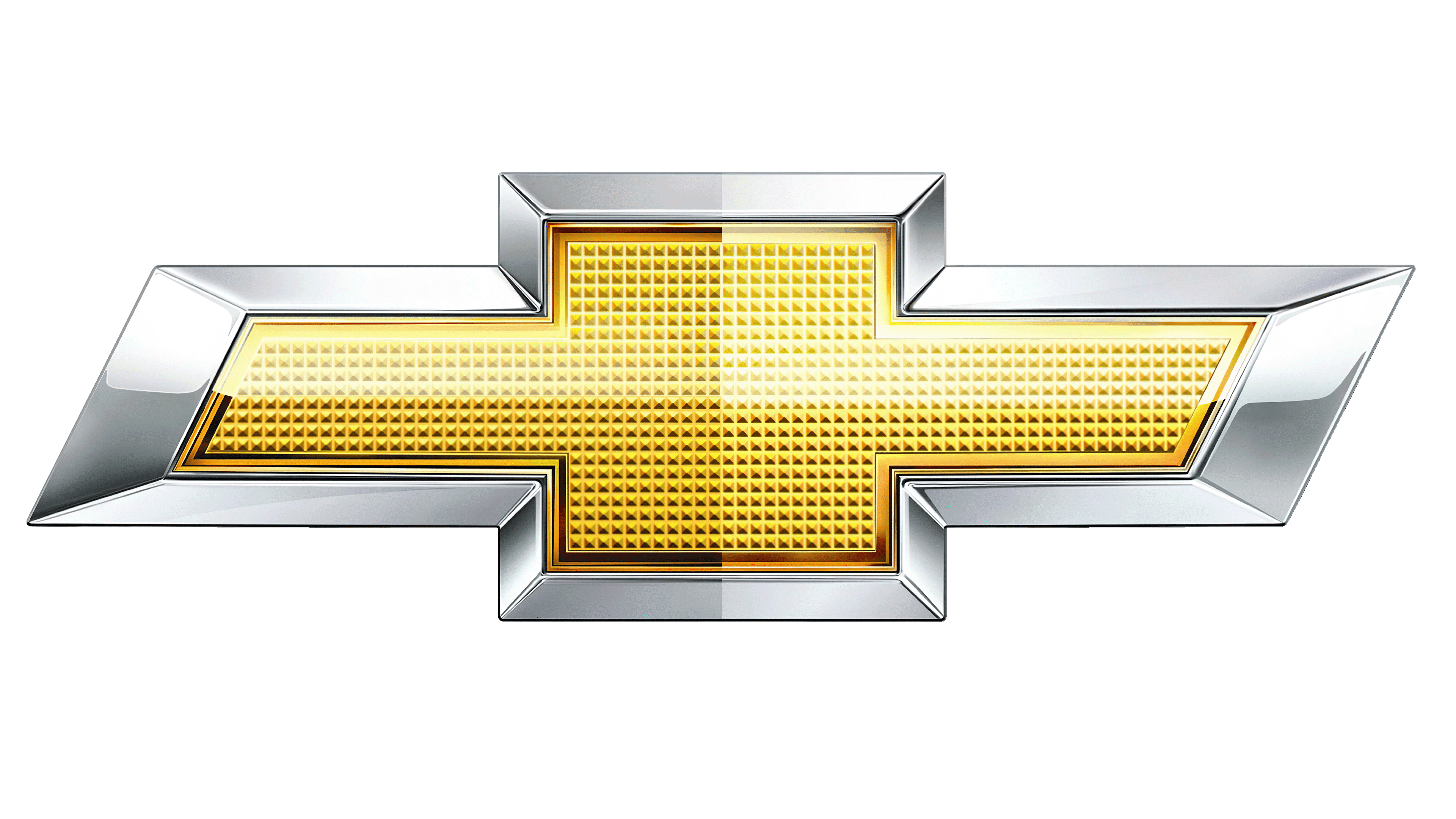
- Symbol: A "bowtie" emblem.
- Represents: American craftsmanship, innovation, and widespread appeal.
- Origin: Subject to various interpretations, including a Parisian wallpaper pattern.
The Chevrolet "bowtie" logo, with its distinctive shape and universal recognition, encapsulates the essence of an iconic American brand. Since its introduction in 1913, its origin story has been cloaked in mystery, lending an air of intrigue. Regardless of its true inspiration, the Chevrolet emblem symbolizes a commitment to quality, reliability, and accessibility. It reflects the brand's all-American heritage and its ambition to serve a wide range of drivers with innovative, trusty vehicles. Chevrolet's symbol stands as a testament to the brand's enduring presence in the automotive landscape.
Porsche

- Symbol: A crest featuring a rearing horse, antlers, and red and black stripes.
- Represents: The strength and heritage of Stuttgart and Württemberg.
- Identity: Signifies power, agility, and the untamed spirit of Porsche sports cars.
The Porsche crest is a regal emblem, rich in symbolism and history. Drawing elements from the coat of arms of Stuttgart and the Free People's State of Württemberg, the logo captures the essence of the brand's birthplace and its core attributes. The rearing horse represents the city's horse-breeding heritage and embodies the power and dynamism of Porsche vehicles. Antlers and stripes add a layer of regional identity, grounding the brand's luxurious appeal in its historical roots. The Porsche logo is a bold declaration of high-performance engineering and timeless design.
Ferrari

- Symbol: A black prancing horse (Cavallino Rampante) on a yellow shield.
- Represents: Speed, luxury, and National pride.
- Origin: Inspired by the fighter plane of Italian flying ace Francesco Baracca.
Ferrari's prancing horse, known as the "Cavallino Rampante," is perhaps one of the most storied logos in the automotive world. Enzo Ferrari himself was encouraged by Baracca's mother to adopt the symbol for luck, which he did, placing it against a yellow background representing his hometown of Modena. The logo, crowned with the Italian flag’s colors, symbolizes Ferrari's commitment to unparalleled performance and luxury. It encapsulates Ferrari's racing spirit and its status as an emblem of Italian craftsmanship and prestige in the automotive world.
In conclusion, these iconic car symbols and names tell much more than just a brand story; they are embodiments of history, culture, innovation, and vision. As we've explored these emblems, it's clear that they each carry a unique legacy that continues to drive the automotive industry forward, inspiring car enthusiasts and manufacturers alike. In the world of luxury automobiles, a symbol is not just a mark of identity but a badge of honor, representing the enduring legacy and pioneering spirit of its brand.
What's Your Reaction?







